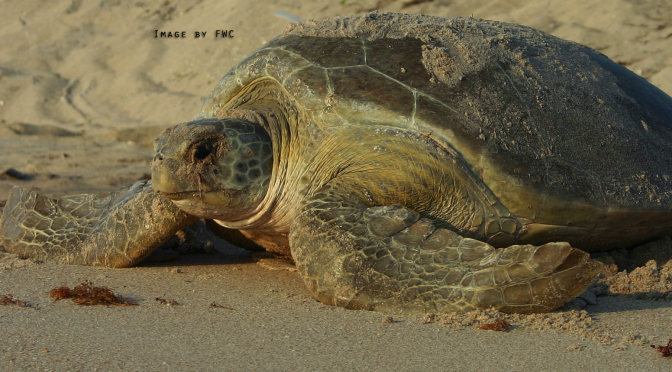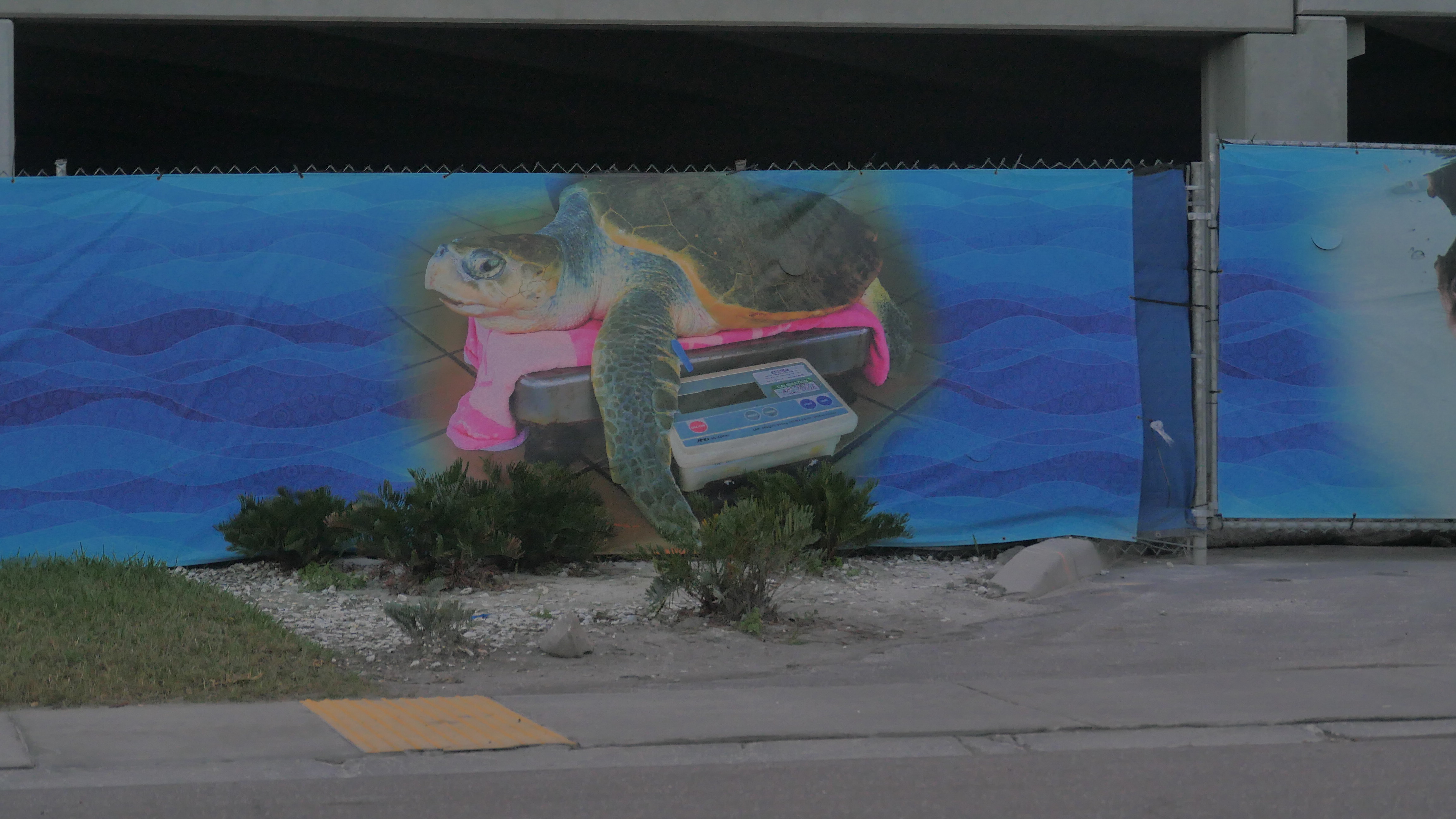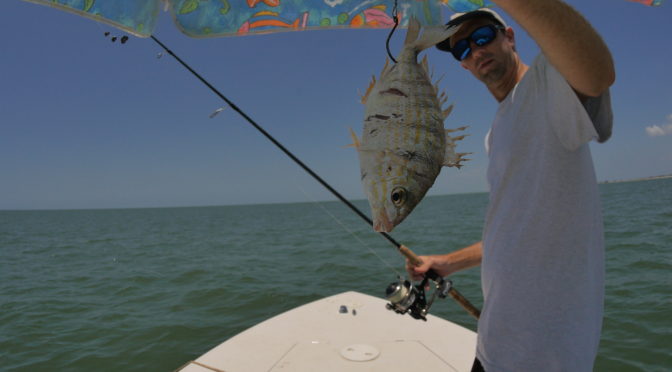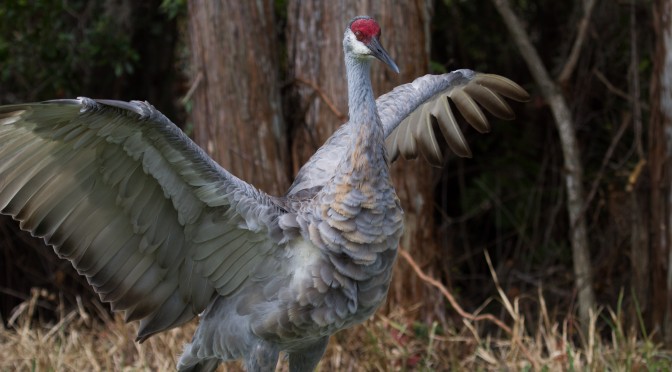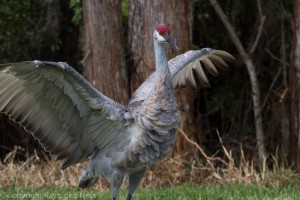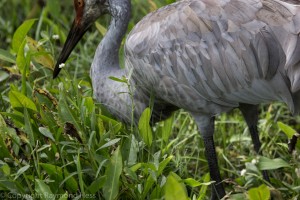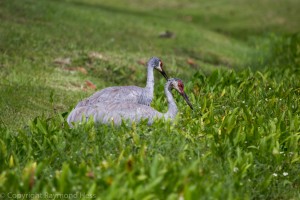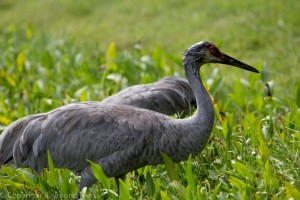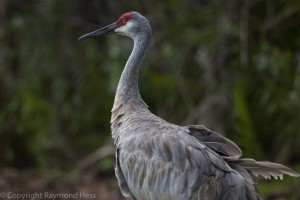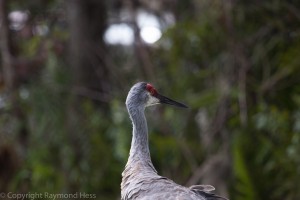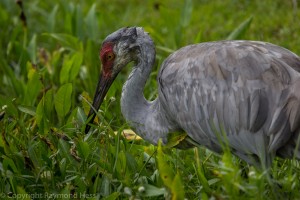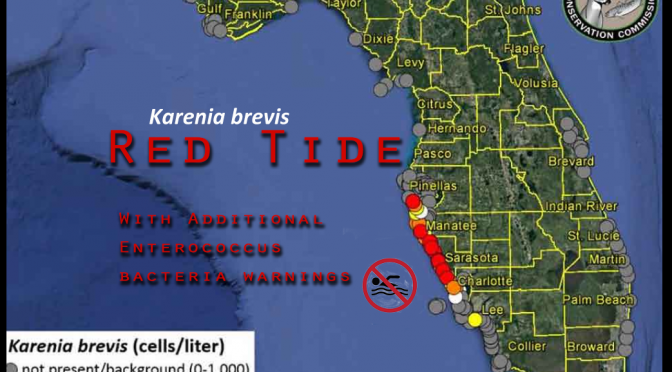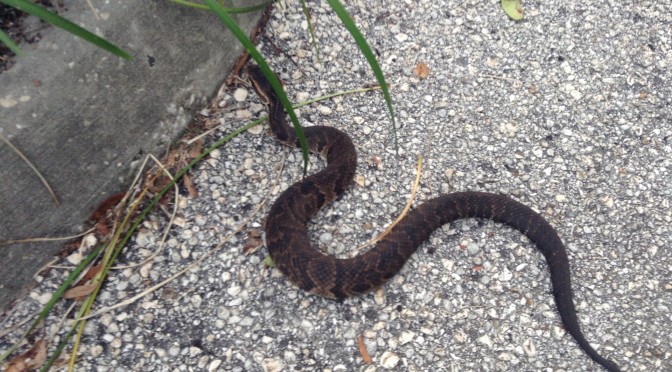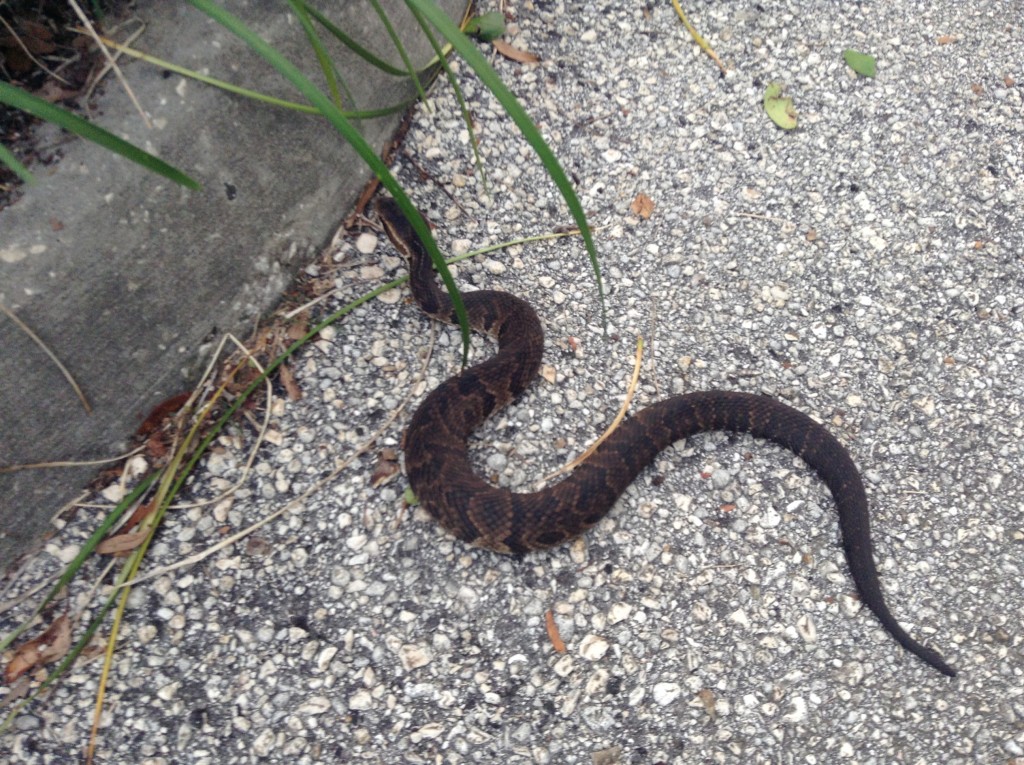Cold stunned sea turtles are a common occurrence along the gulf coast. It only takes water temperatures as low as 65 degrees for these cold-blooded creatures to become lethargic, according to Lauren Bell, a marine biologist in sea turtles and aquatic biology at the Clearwater Marine Aquarium. “As of now there haven’t been any cold stunned turtles,” she said yesterday evening around sunset. At the time, the water was hovering just above that critical 65 degree mark. Because of air temperature in the mid 30s overnight, the water temperature at Pier 60 has fallen to 60°f as of 6:30am, 10 degrees almost overnight. There is a strong possibility that at least a few lethargic, cold stunned turtles will need rehabilitation this morning.
Category Archives: Biology
Shark Deterrent Wristband
Let’s start this product review by taking a look at the evidence used to show the Sharkbanz product and the claim, which is that this magnetic wristband “really works” at “deterring sharks.” A claim stated using “scientific evidence.” Continue reading Shark Deterrent Wristband
Sandhill Cranes
Wastewater Triggered Red Tide (K. brevis)
Red tide is engulfing the coastline after a nasty wastewater spill may have triggered an intense algal bloom. Hurricane Hermine made landfall on the northern gulf coast of Florida on September second. The repeated bouts of rain put many of the aging sewage systems into overload. Even with sewage plants purging water pre-storm, the sewage systems became overloaded. Wastewater was lost into Tampa Bay, wastewater that was quickly washed into the gulf. Wastewater can be a trigger for the naturally occurring Red Tide (K. brevis) blooms. Continue reading Wastewater Triggered Red Tide (K. brevis)
Red Shouldered Hawk
I wonder if the reason this Hawk is hunting is because it knows something is coming. Wildlife have an interesting sixth sense. They are somewhat aware (as aware as an animal can be) of major impending storm systems, things like Continue reading Red Shouldered Hawk
Cottonmouth Snake
The cottonmouth snake is an aquatic venomous snake. These snakes prefer areas surrounding wetlands, areas around lakes, rivers, and swamps. Their primary source of food are small creatures like mice and frogs. They are found throughout the entire state of Florida. Continue reading Cottonmouth Snake
Sea Turtle Release
Loggerhead turtles make up the majority of the nesting turtles along the northern Pinellas county beaches. Hatchlings incubate for about two months in the nest. Since the main nesting months are from May to October, the hatchling emergence often occurs during the peak of the hurricane season, between August and October. This puts the hatchlings at risk of being washed back onto the beaches of the coast, exhausted from battling ocean waves in their attempt to get out to the weed-line many miles offshore. Once the turtles get washed onto shore they become especially at risk of mortality. Fortunately, there are many caring people who watch over the turtles, doing what they can to preserve the reptile.
